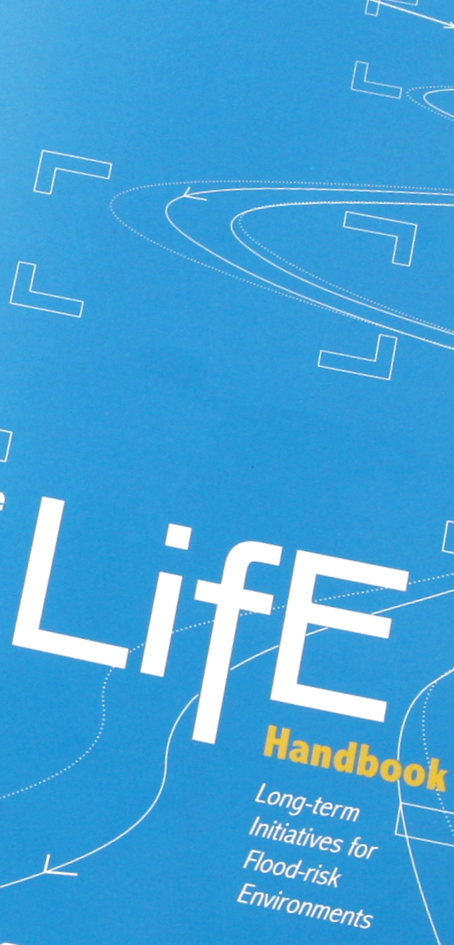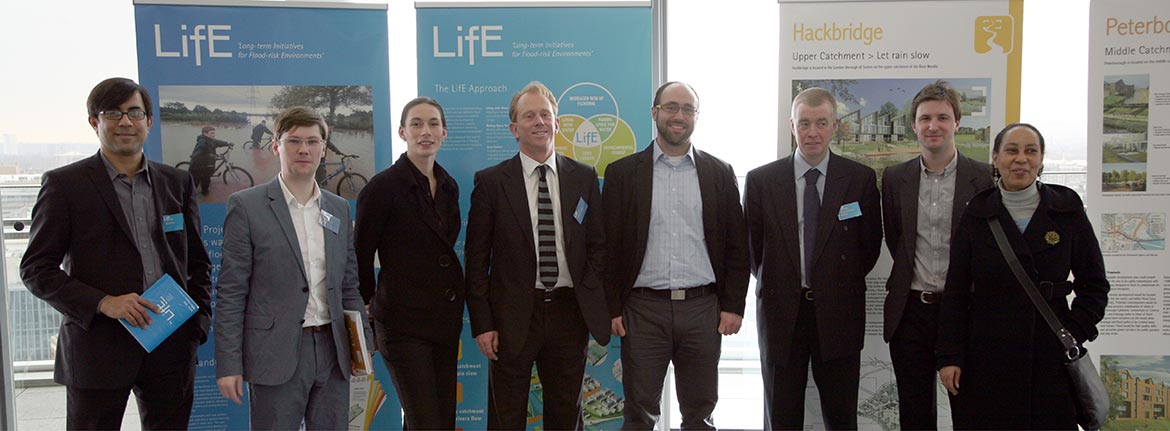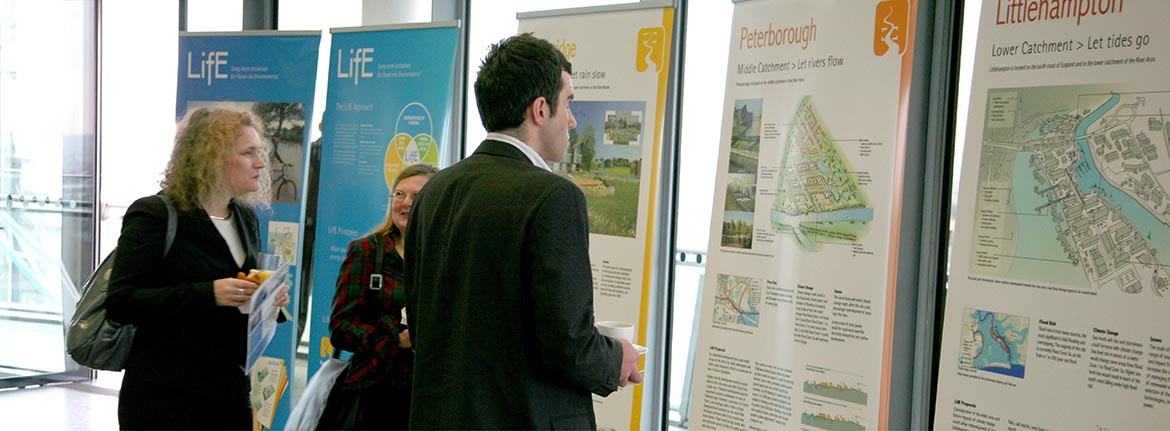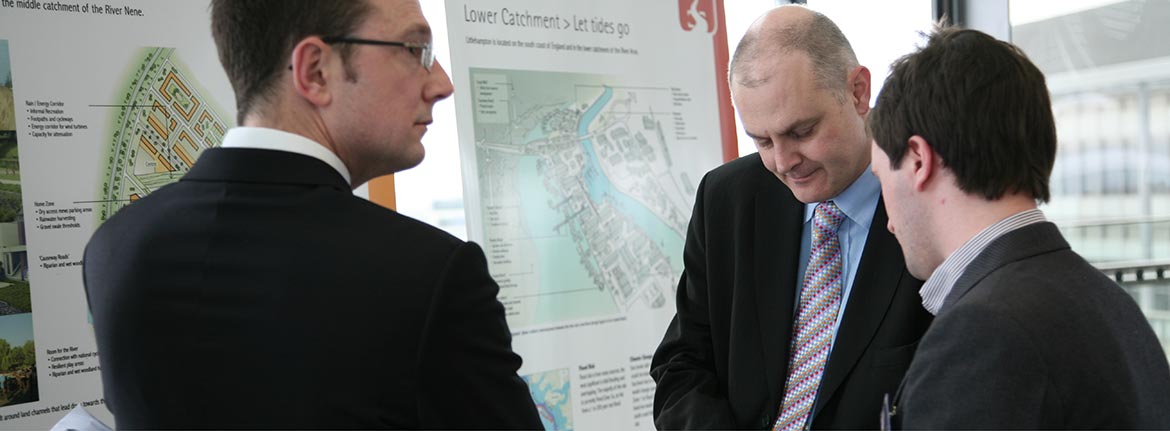
Life Project
The LifE project is the first project to integrate making space for water with zero carbon development and the principles of living with water.
LIFE: Long Term Initiatives for Flood-risk Environments
The aim of the LifE project is to identify ways in which the means of managing flood risk can be integrated within development sites, to help meet objectives for zero carbon, high quality, sustainable development at minimal cost.
Project Aims
The LifE project is one of six projects funded by Defra’s Flood and Coastal Erosion Risk Management – Innovation Fund, and is part of Defra’s Making Space for Water programme. The Innovation Fund seeks to improve future delivery of flood and coastal erosion risk management, by promoting innovative approaches that contribute towards the development of more holistic and sustainable policy making in the future.
Life Approach
‘Long term initiatives for flood-risk Environments’ is an integrated design approach to planning and building, which seeks to reduce flood-risk through sustainable design. Fundamentally it adopts a non-defensive approach to flood-risk management and the creation of ‘space for water’, as well as the highest environmental design standards. Although this research and recommendations were tailored for the UK, the principles that were developed are transferable to other countries.
Space for Water, Energy and Play
Fundamental to the LifE approach is a shift away from traditional flood-prevention towards a more non-defensive approach to flood-risk management. Space is made to store water, and for water to flow through predetermined parts of settlements without significant disruption to peoples lives.
The space between buildings, which is designed to flood, could provide other functions, such as recreation or energy generation when not flooded; thus creating multi-functional space and integrated planning. This approach is scaleable, applying equally to regions, cities, neighbourhoods and buildings.
Case Studies
Conceptual master-plans were developed for brownfield sites in Hackbridge, Peterborough and Littlehampton, and used as case studies for the project. These were used to identify generic principles for developing responsibly in areas at risk of flooding around the UK. Since the conclusion of the LiFE research, The London Borough of Hackbridge and Littlehampton have both adopted aspects of the research which now guide new development.
Book Launch
The LifE Project was launched at London’s City Hall, Home of the Major of London and attended by policy makers, planners, architects, engineers and many of London’s municipalities.
Publications
The ‘LifE Handbook’ and ‘LiFE Report’ can be purchased from the BRE Bookshop.
Awards
RIBA Presidents Medal for ‘Practice based research 2009 – Winner
International landscape awards – Bronze Medal
Book Launch
The LifE Project was launched at London’s City Hall, Home of the Major of London and attended by policy makers, planners, architects, engineers and many of London’s municipalities.



